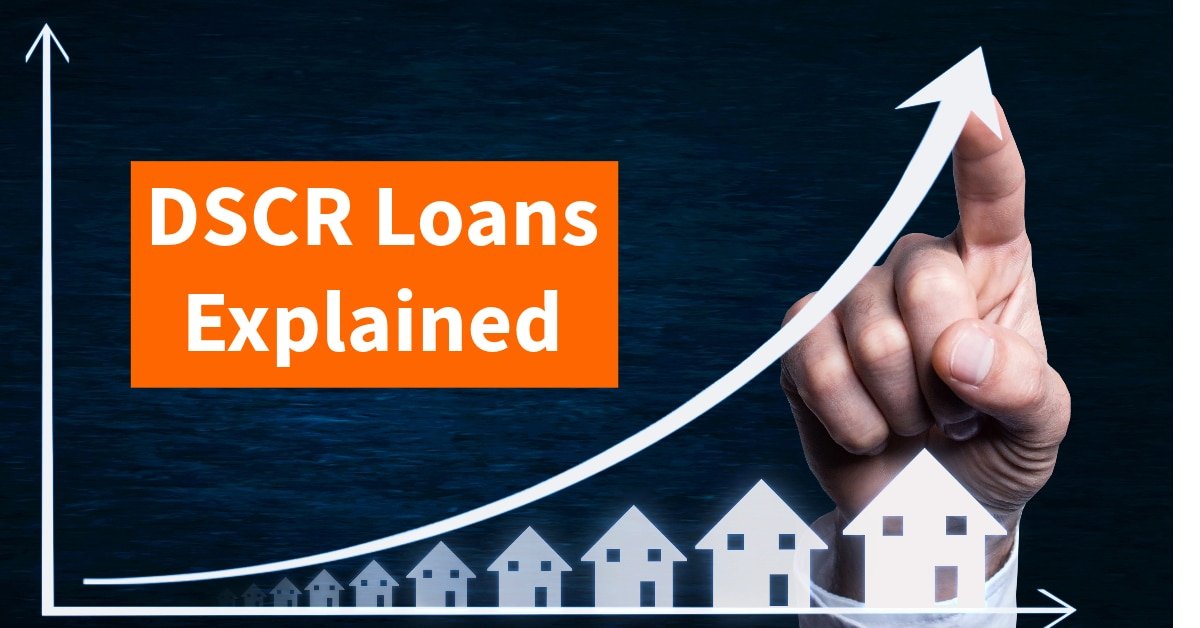Real estate investors are increasingly using debt service coverage ratio (DSCR) loans as an alternative to more conventional financing methods. This post will explain what DSCR loans are, why investors use them, and what dangers unskilled purchasers may encounter.
DSCR Loan Explained
DSCR loans are intended for the purchase of properties that generate revenue. In contrast to conventional loans, which are based on your individual income or tax returns, DSCR loans assess the income of the property. The theory is that the income from the property should, in whole or in part, pay off the loan. These loans can be applied to long-term, mid-term, and short-term rentals of properties that generate income.

Calculating DSCR Loan Pros And Cons
Net operating income (numerator) is usually divided by debt service (denominator) to determine the debt service coverage ratio (DSCR).
The difference between rental income and all operating costs—which include things like utilities, property taxes, insurance, and management—is known as net operating income.
The payment of principal and interest is known as debt service.
A DSCR loan for properties with one to four units is computed differently when it comes to DSCR.
The numerator is gross revenue or total rental income rather than net operating income.
Different calculations are also made for debt service. You include insurance and property taxes in addition to principal and interest. PITI (Principal, Interest, Taxes, Insurance) is the term for this.
To calculate DSCR, follow this formula:
- Numerator: Total rental income or gross revenue
- Denominator: Principal, interest, taxes, and insurance (PITI)
In the context of 1-4 unit residential rental properties, DSCR ensures that the property generates sufficient income to cover its expenses and loan payments.
What DSCR To Qualify
1.25 is the accepted cut-off.
This suggests the gross revenue needs to exceed the PITI by 25%. A $1,000 monthly PITI and $1,250 monthly gross revenue, for instance, would result in a 1.25 DSCR.
On the other hand, a DSCR loan can be obtained for as little as 0.75. However, you must have reserves—that is, enough cash on hand to cover up to a year’s worth of PITI—in order to be eligible. You should also anticipate a higher interest rate.
Pros of DSCR Loans
- Cash Flow Maximization: By guaranteeing sufficient money to cover debt payments and real estate expenses, DSCR loans assist investors in optimizing cash flow.
- Flexible Guidelines: Stricter underwriting standards are not applied to DSCR loans, in contrast to Qualified Mortgages (QM). Loan terms are customizable by lenders..
- Investment Property Focus: DSCR loans are perfect for real estate investors because they are designed specifically for properties that generate income.
Cons of DSCR Loans
- Higher Interest Rates: DSCR loans may come with slightly higher interest rates due to the flexibility they offer.
- Risk for Inexperienced Investors: Without proper understanding, investors can fall into traps related to property income, expenses, and loan terms.
- Limited Property Types: While suitable for 1-4 unit residential rentals, DSCR loans may not be ideal for all property types.
Avoiding Pitfalls
- Thorough Due Diligence: Understand the property’s income potential, expenses, and local market conditions.
- Work with Experienced Professionals: Consult mortgage brokers and real estate experts familiar with DSCR loans.
- Evaluate Your Risk Tolerance: Consider your risk appetite and financial goals.
Never forget that careful planning, measured decision-making, and a long-term outlook are necessary for successful real estate investing.




